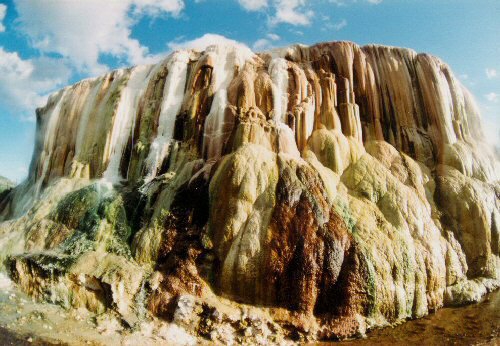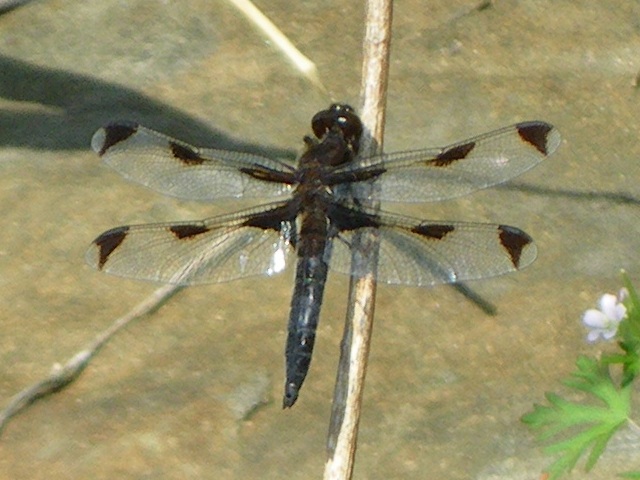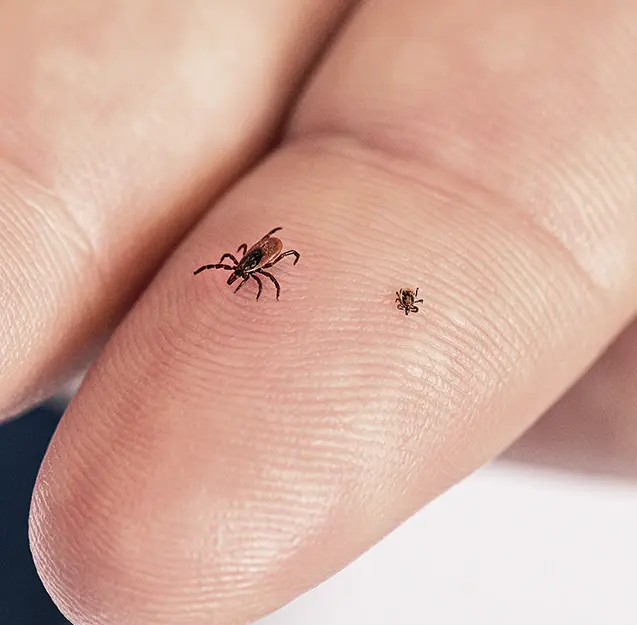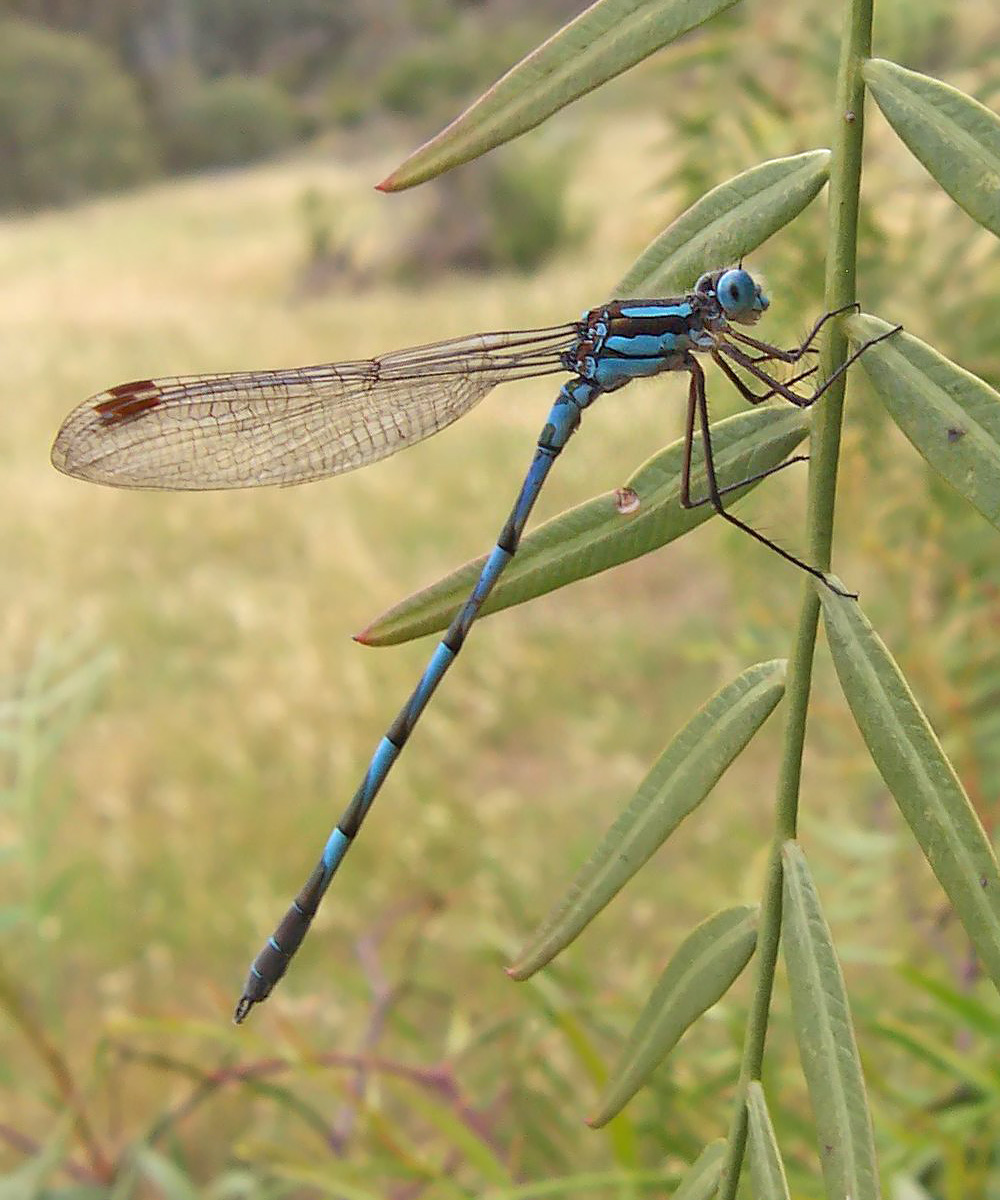|
Flame Skimmer
The flame skimmer or firecracker skimmer (''Libellula saturata'') is a common dragonfly of the family Libellulidae, native to western North America. Description Male flame skimmers are known for their entirely red or dark orange body, this includes eyes, legs, and even wing veins. Females are usually a medium or darker brown with some thin, yellow markings. This particular type of skimmer varies in size but is generally measured somewhere between long. The naiads are known for being rather large and chubby-looking due to their rounded abdomen. They are covered with hair but, unlike most young dragonflies, they lack hooks or spines. File:Flame Skimmer (Libellula saturata), male, dragonfly.jpg, side view File:SKIMMER, FLAME (libellula saturata) (7-1-08) cerro alto -09 (2629110239).jpg, side view female Location Due to its choice habitat of warm ponds, streams, or hot springs, flame skimmers are found mainly in the southwestern part of the United States. They also make their home ... [...More Info...] [...Related Items...] OR: [Wikipedia] [Google] [Baidu] |
Philip Reese Uhler
Philip Reese Uhler (June 3, 1835 – October 21, 1913) was an American librarian and entomologist who specialized in Hemiptera, an insect order commonly known as true bugs. He was considered America's foremost expert on this group and was widely sought out for identification of species in this order. Biography Uhler was born in Baltimore, Maryland, the son of George Washington Uhler and Anna Reese Uhler. His father was a prosperous merchant and his great-grandfather, Erasmus Uhler, emigrated to America and served in the Revolutionary War. Uhler's private schooling provided a strong background in Latin and German. He attended Latin School in Baltimore and then Baltimore College. Uhler's youthful interest in entomology started when he began collecting insects at the family farm near Reisterstown, Maryland, Reisterstown. His pursuit was encouraged by a family friend, John Gottlieb Morris, an amateur naturalist and the first librarian for the Peabody Institute. Although his father se ... [...More Info...] [...Related Items...] OR: [Wikipedia] [Google] [Baidu] |
Dragonfly
A dragonfly is a flying insect belonging to the infraorder Anisoptera below the order Odonata. About 3,000 extant species of dragonflies are known. Most are tropical, with fewer species in temperate regions. Loss of wetland habitat threatens dragonfly populations around the world. Adult dragonflies are characterised by a pair of large, multifaceted, compound eyes, two pairs of strong, transparent wings, sometimes with coloured patches, and an elongated body. Many dragonflies have brilliant iridescent or metallic colours produced by structural coloration, making them conspicuous in flight. An adult dragonfly's compound eyes have nearly 24,000 ommatidia each. Dragonflies can be mistaken for the closely related damselflies, which make up the other odonatan infraorder ( Zygoptera) and are similar in body plan, though usually lighter in build; however, the wings of most dragonflies are held flat and away from the body, while damselflies hold their wings folded at rest, al ... [...More Info...] [...Related Items...] OR: [Wikipedia] [Google] [Baidu] |
Libellulidae
The chasers, darters, skimmers, and perchers and their relatives form the Libellulidae, the largest family of dragonflies. It is sometimes considered to contain the Corduliidae as the subfamily Corduliinae and the Macromiidae as the subfamily Macromiinae. Even if these are excluded (as Silsby does), there remains a family of over 1000 species. With nearly worldwide distribution, these are the most commonly encountered dragonflies. The genus '' Libellula'' is mostly New World but also has one of the few endangered odonates from Japan: '' Libellula angelina''. Many of the members of this genus are brightly colored or have banded wings. The related genus '' Plathemis'' includes the whitetails. The genus '' Celithemis'' contains several brightly marked species in the southern United States. Members of the genus '' Sympetrum'' are called darters (or meadowhawks in North America) and are found throughout most of the world, except Australia. Several tropical species in the genera '' Tr ... [...More Info...] [...Related Items...] OR: [Wikipedia] [Google] [Baidu] |
Hot Springs
A hot spring, hydrothermal spring, or geothermal spring is a Spring (hydrology), spring produced by the emergence of Geothermal activity, geothermally heated groundwater onto the surface of the Earth. The groundwater is heated either by shallow bodies of magma (molten rock) or by circulation through fault (geology), faults to hot rock deep in the Earth's crust. Hot spring water often contains large amounts of dissolved minerals. The chemistry of hot springs ranges from acid sulfate springs with a pH as low as 0.8, to alkaline chloride springs saturated with silica, to bicarbonate springs saturated with carbon dioxide and carbonate minerals. Some springs also contain abundant dissolved iron. The minerals brought to the surface in hot springs often feed communities of extremophiles, microorganisms adapted to extreme conditions, and it is possible that life on Earth had its origin in hot springs. Humans have made use of hot springs for bathing, relaxation, or medical therapy for th ... [...More Info...] [...Related Items...] OR: [Wikipedia] [Google] [Baidu] |
Libellula Saturata Nymph Needham 1904
''Libellula'' is a genus of dragonfly, dragonflies, called chasers (in English) or skimmers (in American), in the family Libellulidae. They are distributed throughout the temperate zone of the Northern Hemisphere. Many have showy wing patterns. Overview The taxa ''Ladona'' (corporals) and ''Plathemis'' (whitetails) have been considered as synonyms of ''Libellula'', subgenera, or separate genus, genera by different authorities. Recent phylogenetic analysis has supported their status as either subgenera or full genera. Species List of species. funet.fi Extant species ''Ladona'' ''Plathemis'' Fossils *''Libellula brodieri''†[...More Info...] [...Related Items...] OR: [Wikipedia] [Google] [Baidu] |
Nymph (biology)
In biology, a nymph (from Ancient Greek wikt:νύμφα, νύμφα ''nūmphē'' meaning "bride") is the juvenile (organism), juvenile form of some invertebrates, particularly insects, which undergoes gradual metamorphosis (biology), metamorphosis (hemimetabolism) before reaching its adult stage. Unlike a typical larva, a nymph's overall form already resembles that of the adult, except for a lack of wings (in winged species) and the emergence of genitalia. In addition, while a nymph ecdysis, moults, it never enters a pupal stage. Instead, the final moult results in an adult insect. Nymphs undergo multiple stages of development called instars. Taxa with nymph stages Many species of Arthropod, arthropods have nymph stages. This includes the insect orders such as Orthoptera (cricket (insect), crickets, grasshoppers and locusts), Hemiptera (cicadas, shield bugs, Whitefly, whiteflies, aphids, leafhoppers, froghoppers, treehoppers), mayfly, mayflies, termites, cockroaches, mantises, ... [...More Info...] [...Related Items...] OR: [Wikipedia] [Google] [Baidu] |
Freshwater Shrimp
Freshwater shrimp are any shrimp which live in fresh water. This includes: *Any Caridea (shrimp) which live in fresh water, especially the family Atyidae *Species in the genus '' Macrobrachium'' :*'' Macrobrachium ohione'', the Ohio River shrimp :*'' Macrobrachium carcinus'', sometimes called the American giant freshwater prawn :*''Macrobrachium rosenbergii ''Macrobrachium rosenbergii'', also known as the giant river prawn or giant freshwater prawn, is a commercially important species of Palaemonidae, palaemonid freshwater prawn. It is found throughout the tropical and subtropical areas of the I ...'', also known as the giant river prawn, giant freshwater prawn or cherabin *Any amphipod living in fresh water, especially: :*'' Gammarus pulex'' {{Animal common name Former disambiguation pages converted to set index articles ... [...More Info...] [...Related Items...] OR: [Wikipedia] [Google] [Baidu] |
Odonata Of North America
Odonata is an order of predatory flying insects that includes the dragonflies and damselflies (as well as the '' Epiophlebia'' damsel-dragonflies). The two major groups are distinguished with dragonflies (Anisoptera) usually being bulkier with large compound eyes together and wings spread up or out at rest, while damselflies (suborder Zygoptera) are usually more slender with eyes placed apart and wings folded together along body at rest. Adult odonates can land and perch, but rarely walk. All odonates have aquatic larvae called naiads or nymphs, and all of them, larvae and adults, are carnivorous and are almost entirely insectivorous, although at the larval stage they will eat anything that they can overpower, including small fish, tadpoles, and even adult newts. The adults are superb aerial hunters and their legs are specialised for catching prey in flight. Odonata in its narrow sense forms a subgroup of the broader Odonatoptera, which contains other dragonfly-like insects. T ... [...More Info...] [...Related Items...] OR: [Wikipedia] [Google] [Baidu] |
Insects Of Mexico
Insects (from Latin ') are hexapod invertebrates of the class Insecta. They are the largest group within the arthropod phylum. Insects have a chitinous exoskeleton, a three-part body (head, thorax and abdomen), three pairs of jointed legs, compound eyes, and a pair of antennae. Insects are the most diverse group of animals, with more than a million described species; they represent more than half of all animal species. The insect nervous system consists of a brain and a ventral nerve cord. Most insects reproduce by laying eggs. Insects breathe air through a system of paired openings along their sides, connected to small tubes that take air directly to the tissues. The blood therefore does not carry oxygen; it is only partly contained in vessels, and some circulates in an open hemocoel. Insect vision is mainly through their compound eyes, with additional small ocelli. Many insects can hear, using tympanal organs, which may be on the legs or other parts of the body. The ... [...More Info...] [...Related Items...] OR: [Wikipedia] [Google] [Baidu] |
Insects Of The United States
Insects (from Latin ') are Hexapoda, hexapod invertebrates of the class (biology), class Insecta. They are the largest group within the arthropod phylum. Insects have a chitinous exoskeleton, a three-part body (Insect morphology#Head, head, Thorax (insect anatomy), thorax and abdomen (insect anatomy), abdomen), three pairs of jointed Arthropod leg, legs, compound eyes, and a pair of antenna (biology), antennae. Insects are the most diverse group of animals, with more than a million described species; they represent more than half of all animal species. The insect nervous system consists of a insect brain, brain and a ventral nerve cord. Most insects reproduce Oviparous, by laying eggs. Insects Respiratory system of insects, breathe air through a system of Spiracle (arthropods), paired openings along their sides, connected to Trachea#Invertebrates, small tubes that take air directly to the tissues. The blood therefore does not carry oxygen; it is only partly contained in ves ... [...More Info...] [...Related Items...] OR: [Wikipedia] [Google] [Baidu] |
Fauna Of The Western United States
The fauna of the United States of America is all the animals living in the contiguous United States and its surrounding seas and islands, the Hawaiian Archipelago, Alaska in the Arctic, and several island-territories in the Pacific and in the Caribbean. The U.S. has many endemic species found nowhere else on Earth. With most of the North American continent, the U.S. lies in the Nearctic, Neotropic, and Oceanic faunistic realms, and shares a great deal of its flora and fauna with the rest of the American supercontinent. An estimated 432 mammal species comprise the fauna of the continental U.S. There are more than 800 species of bird and more than 100,000 known species of insect. There are 311 known reptiles, 295 amphibians and 1154 known fish species in the U.S. Known animals that exist in all of the lower 48 states include white-tailed deer, bobcat, raccoon, muskrat, striped skunk, barn owl, American mink, American beaver, North American river otter and red fox. The red-ta ... [...More Info...] [...Related Items...] OR: [Wikipedia] [Google] [Baidu] |
Fauna Of The California Chaparral And Woodlands
Fauna (: faunae or faunas) is all of the animal life present in a particular region or time. The corresponding terms for plants and fungi are ''flora'' and '' funga'', respectively. Flora, fauna, funga and other forms of life are collectively referred to as '' biota''. Zoologists and paleontologists use ''fauna'' to refer to a typical collection of animals found in a specific time or place, e.g. the "Sonoran Desert fauna" or the "Burgess Shale fauna". Paleontologists sometimes refer to a sequence of faunal stages, which is a series of rocks all containing similar fossils. The study of animals of a particular region is called faunistics. Etymology ''Fauna'' comes from the name Fauna, a Roman goddess of earth and fertility, the Roman god Faunus, and the related forest spirits called Fauns. All three words are cognates of the name of the Greek god Pan, and ''panis'' is the Modern Greek equivalent of fauna (πανίς or rather πανίδα). ''Fauna'' is also the word for a bo ... [...More Info...] [...Related Items...] OR: [Wikipedia] [Google] [Baidu] |










